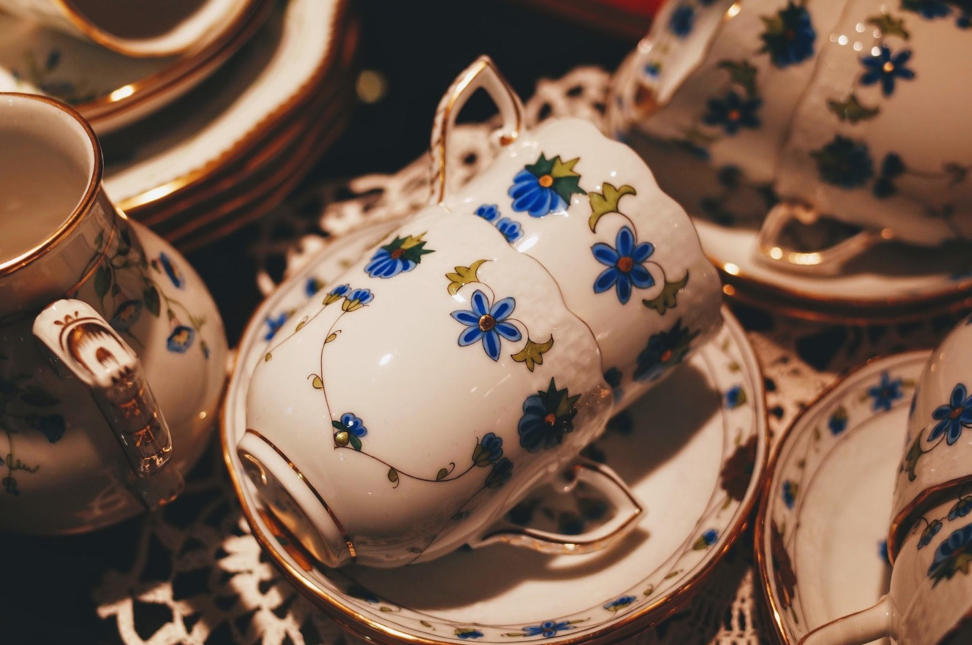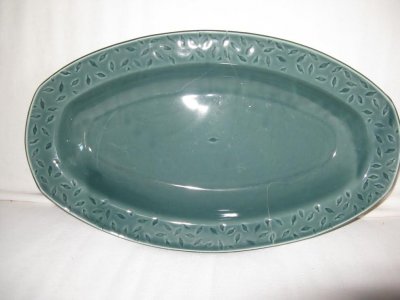Definition Of Silica In Ceramics

The presence of other ceramic raw materials can influence the thermal behaviour of quartz including.
Definition of silica in ceramics. Used usually in the form of its prepared white powder chiefly in the manufacture of glass water glass ceramics and abrasives. Materials like sand stone concrete and mortar contain crystalline silica. Crystalline silica is a common mineral found in the earth s crust. Depending on the proportion of silica and alumina in material composition two types of porcelain may be prepared.
Silica noun is one of the three main ingredients of clays and glaze materials along with alumina and ceramic fluxes it is a glass former and is the principal ingredient in ceramic glazes. Silica definition the dioxide form of silicon sio2 occurring especially as quartz sand flint and agate. Clay minerals are therefore considered to be formers allowing the mixed ingredients to be formed into the desired shape. The material of pre fired ceramics.
They withstand chemical erosion that occurs in other materials subjected to acidic or caustic environments. A ceramic material is an inorganic non metallic often crystalline oxide nitride or carbide material. As a verb clay is to add clay to to spread clay onto. It is usually added as quartz sand sandstone or flint pebbles.
The size of the silica particles influences inversions conversions and other properties of the ceramic body. Some elements such as carbon or silicon may be considered ceramics ceramic materials are brittle hard strong in compression and weak in shearing and tension. It is also used to make products such as glass pottery ceramics bricks and artificial stone. Talc promotes the conversion of quartz to cristobalite and if sufficient alumina is available the formation of cordierite.
Technical porcelain generally consists of silica sio 2 and alumina al 2 o 3. The natural ingredients of these components are quartz feldspar soapstone and clay kaolin. The silica and other minerals in the clay vitrify under heat and will not become soft clay again the silicate minerals are those that contain silica a combination of silicon and oxygen the most common minerals are those that contain silicon dioxide in one form or another. Other constituents of traditional ceramics are silica and feldspar.
Silicosis is a lung disease it usually happens in jobs where you breathe in dust that contains silica. Silica is a major ingredient in refractories and whitewares.
















































